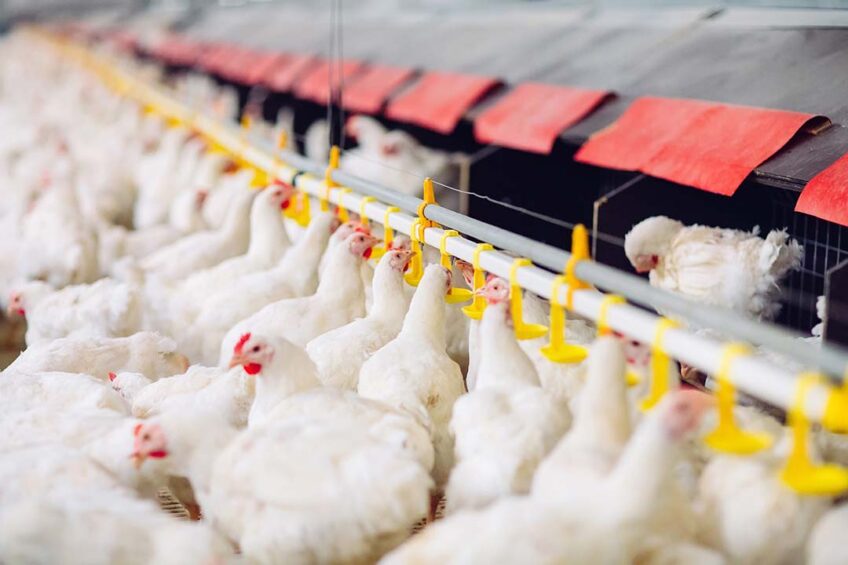Regional initiative highlights biosecurity, farmer education, and One Health principles as keys to combating antimicrobial resistance
Zimbabwe is emerging as a model in Africa’s fight against antimicrobial resistance (AMR) in agriculture, thanks to a joint initiative between the Food and Agriculture Organization of the United Nations (FAO) and the Government of Zimbabwe. By targeting antibiotic misuse in poultry, the project has made significant strides in promoting sustainable farming practices across several districts.
Backed by the Multi-Partner Trust Fund (MPTF) and the Fleming Fund global project, the initiative is reducing the overuse of antibiotics in broiler farming by empowering small-scale poultry producers with practical tools, knowledge, and biosecure practices.
Implemented in eight districts—Bubi, Chegutu, Masvingo, Marondera, Murewa, Mutare, Mutasa, and Zvimba—the project uses the Farmer Field School (FFS) model, a hands-on, community-based approach proven effective across Africa. This model trains farmers in disease prevention, responsible antimicrobial use, and improved husbandry techniques.
“This is a powerful example of the One Health approach in action,” said Berhanu Bedane, FAO Livestock Development Officer. “We’re seeing cross-sector collaboration between human and animal health working to reduce antimicrobial resistance—one of the most pressing health threats facing the continent.”
A Blueprint for Africa
The FFS model’s success in Zimbabwe offers valuable lessons for other African countries grappling with similar challenges. AMR threatens food security, human health, and livestock productivity across the region. Misuse of antibiotics—especially in poultry and livestock—is a major driver of resistant bacteria, which can spread to humans through the food chain or environment.
To ensure interventions were evidence-based, the initiative conducted a Knowledge, Attitudes, and Practices (KAP) survey to guide the development of targeted training and communication materials.
“This program not only improves poultry health and productivity,” Bedane added, “but also strengthens public health resilience across communities by curbing preventable infections and reducing dependence on antibiotics.”
National Alignment and Regional Relevance
Dr. Pious Makaya, Chief Director of Zimbabwe’s Department of Veterinary Services, emphasized the project’s alignment with the National Development Strategy 1 (NDS1) and Vision 2030, both of which prioritize health, food safety, and sustainable agriculture.
“Our livestock sector must be part of the broader public health agenda,” Dr. Makaya noted. “We’ve seen how improved animal health contributes to safer food systems and a healthier environment.”
He acknowledged the complexity of tackling AMR, calling it a “wicked problem” that requires multi-sectoral and adaptive responses.
Looking Forward: From Pilot to Continental Impact
FAO and its partners in the Quadripartite Alliance (FAO, WHO, WOAH, UNEP) are working to consolidate gains made in Zimbabwe and identify new pathways for scaling up. Plans are underway for a second phase of the MPTF project, aimed at deepening impact and expanding reach.
These efforts also contribute to the global RENOFARM initiative (Reduce the Need for Antimicrobials on Farms), which champions preventive animal health, better farm management, and biosecurity across developing countries.
“What we’ve achieved in Zimbabwe can serve as a continental benchmark,” said Bedane. “By equipping farmers with knowledge and practical tools, Africa can reduce its dependency on antibiotics, strengthen food systems, and safeguard health for future generations.”



